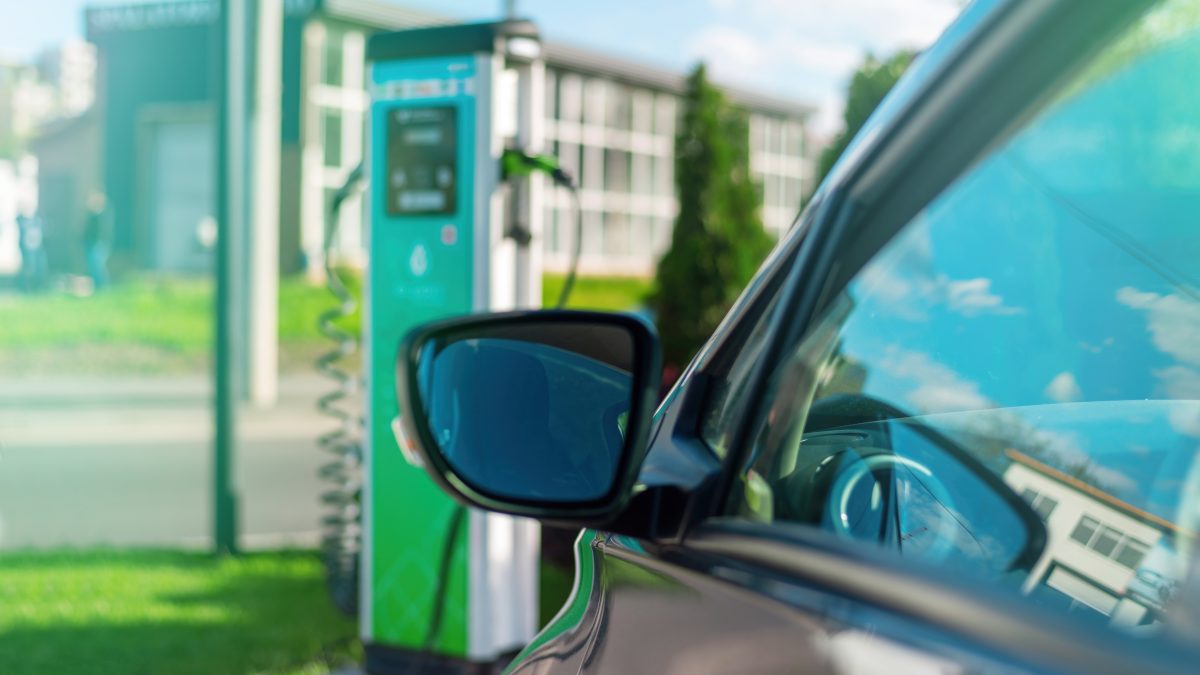Snapshot: Chile’s EV charging point rules
May 22, 2023
Chile’s energy ministry has introduced secondary legislation on electric vehicle charging point interoperability and standards. The concept of interoperability is outlined in energy efficiency law No. 21,305, which entered the statute books in 2021 and, chiefly, mandates the creation of a national energy efficiency plan.
The rules fall under a wider push to help ensure owners can charge their vehicles at any point in the public system, in turn spurring adoption. The secondary legislation – which enters force in 18 months – establishes that electricity and fuels watchdog SEC will maintain a database of public charging points. Public charging point operators will be required, in real time, to provide the status of their chargers and connectors, while service providers must report the likes of prices charged.
The database will contain information on the owner, operator and service provider of each point, information that can be exchanged by charging system players. Chile has three main types of electric vehicle charging connectors, corresponding to European, US and Japanese standards. Detailed charging infrastructure rules are established in SEC technical document RIC No. 15. SEC, meanwhile, will publish charger availability, operation and use data, by individual unit and by operator group.
The watchdog already provides a smartphone app for the public, known as EcoCarga, which shows the location of the country’s charging points and provides data including charger status, price and connector type. Charging infrastructure, the secondary legislation states, must be designed, built, installed, operated, maintained and repaired in accordance with associated rules and regulations, which have already been established. In terms of payments, where the model outlined is similar to that of traditional gas stations, customers must be able to use at least one of the following methods: cash, bank card or payment portal. Service providers can also offer additional methods.
Charging service providers, meanwhile, are required to establish communication channels with users, such as digital platforms and physical customer service points, to deliver information about the likes or prices, services provided and complaint management.
Luis Gutiérrez, director of the energy engineering degree program at the faculty of engineering and science at Universidad Adolfo Ibáñez (UAI), told BNamericas: “The new interoperability regulation will allow users to charge their vehicles at any charging point that meets the established standards and where the type of vehicle connector is available. In this sense, it should be noted that there are a variety
Gutiérrez, who is also a researcher at UAI’s energy transition and knowledge-transfer hub CENTRA and at Chile’s solar energy research center SERC, cited the wider context. In an email response he said: “The interoperability of charging points is essential to democratize access to electromobility, since it provides clear rules to project developers and relevant information to system users through digital platforms. With this regulation, it is then expected to be able to accelerate and contribute to massifying the development of electromobility, mainly in the segment of private vehicles, and in this way continue advancing in the decarbonization of transport, as stated in the national electromobility strategy.” Companies in the e-mobility vanguard include utilities Enel Chile, Engie and Colbún and diversified holding Copec.
PRIVATE CHARGING POINTS, VEHICLE SALES
Rules are also outlined for private charging points. Owners of private infrastructure that can be programmed to charge during hours when demand for electricity on the grid is low, or that can inject electricity from a vehicle battery back into the national power system, are required to inform SEC. Chile’s energy storage and electromobility law, passed last year and awaiting secondary legislation, establishes that electric vehicles can store and inject power into the grid. Owners of private infrastructure can also apply to offer services to the public but must comply with associated rules.
In 2021, the government launched a national electromobility strategy, which bans the sale of light and medium-sized internal combustion engine vehicles and mobile machinery from 2035, including buses and taxis. A challenge is to reduce unit costs – expected to fall in lockstep with declining battery prices – and build out charging infrastructure.
Chile’s electric light vehicle park is slowly growing, with taxis and e-commerce players among the first adopters. In January-April, registration of low and zero-emission vehicles climbed 17% year-over-year to 2,080 units, according to data from motor industry chamber Anac. Registration of fully electric vehicles climbed 91% to 550 units. The number sold of hybrids that can be plugged fell 50% to 95. Last year 1,295 electric vehicles were sold, up 133%.

